My Story of Digitizing Family Film Photos with the EPSON GT-X830
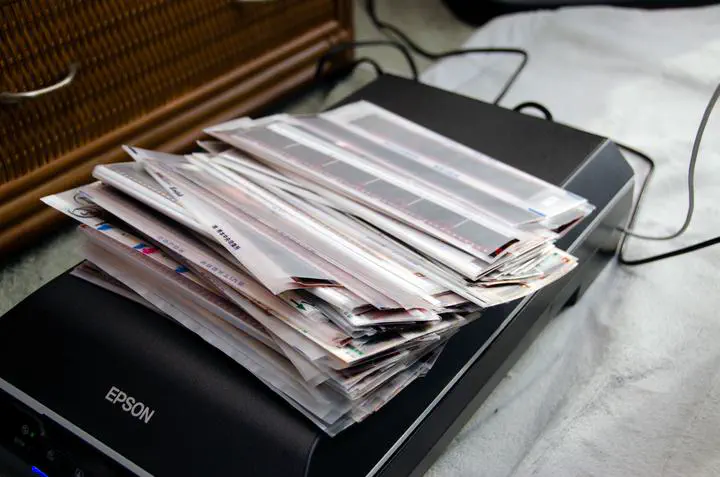 Image credit: Tomokatsu Yukishita
Image credit: Tomokatsu YukishitaWhile organizing my parents’ home, I found a large collection of old photos and film negatives. They are filled with memories, so tossing them away wasn’t an option. Leaving film negatives unattended is known to lead to gradual deterioration. So, I decided to dive into the task of digitizing these old photos and share the experience in this article.
What Methods Exist for Digitizing Film?
When considering how to digitize old photos, I researched the available options. The film market seems to be shrinking each year, narrowing the choices gradually. If you have a collection of old photos or films at home, it might be wise to act quickly.
As of 2019, I found the following options for film digitization:
- Digitizing Yourself
- Dedicated Film Scanners
- Kenko
- KFS-1490
- KFS-14CB
- KFS-1450
- plustek
- OpticFilm 8200i Ai
- OpticFilm 8100
- Sanwa Supply
- 400-SCN006
- 400-SCN024
- 400-SCN034
- 400-SCN055
- 400-SCN041
- Flatbed Scanners
- CANON
- CanoScan 9000F MarkII
- EPSON
- GT-X980
- GT-X830
- GT-F740
- Nikon
- Film Digitize Adapter ES-2
- Those with a Nikon DSLR can use it to photograph and digitize negatives. However, starting from scratch may be costly.
- Supported Bodies:
- D5、Df、D850、D810、D810A、D750、D610、D500、D7500、D5600、D5300、D3500、D3400
- Supported Lenses:
- AF-S DX Micro NIKKOR 40mm f/2.8G
- AF-S Micro NIKKOR 60mm f/2.8G ED
- AI AF Micro-Nikkor 60mm f/2.8D
- CANON
- Outsourcing to a Service
- This is where you leave the task to professionals. The quality is guaranteed, but it can be costly. Consider this if you’re short on time.
- Camera no Kitamura
- Fushime Photo Studio
- Fujifilm Scan Service
- This is where you leave the task to professionals. The quality is guaranteed, but it can be costly. Consider this if you’re short on time.
Which Option Did I Choose?
With a large volume of film, I selected based on these criteria:
- Minimized effort for digitization
- High image quality
- Ability to scan print photos as well
- Affordable pricing
Based on the above, I decided to purchase a flatbed scanner. Since Canon seems to be phasing out their scanners, and their driver support is questionable, I chose the Epson GT-X830 flatbed scanner.
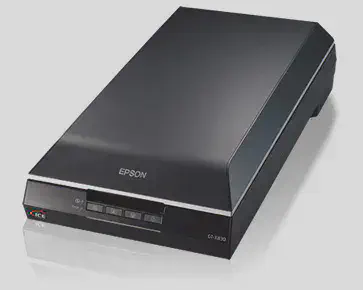
EPSON GT-X830 (Source: EPSON GT-X830 )
エプソン スキャナー GT-X830 (フラットベッド/A4/6400dpi)
Appearance
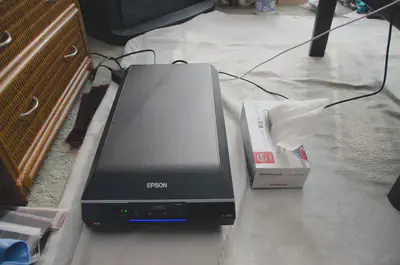
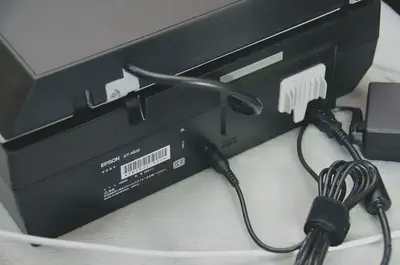
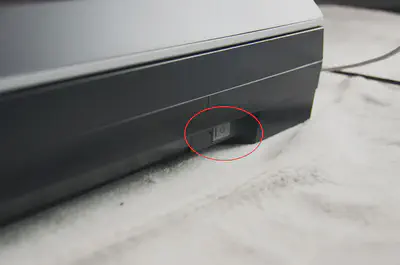
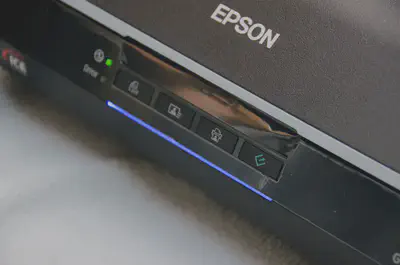
The scanner is large and takes up considerable space, but that was expected and isn’t a problem. Only two cables are needed: a USB cable and a power cable. The power button, however, is inconveniently placed on the side, lacking tactile feedback, making it hard to tell if it’s on without checking the front LED.
How to Scan Film
Simply set the film in a dedicated holder and place it on the scanning bed, ensuring the film is facing the correct way. Positioning doesn’t need to be very precise, as the scanner adjusts automatically.
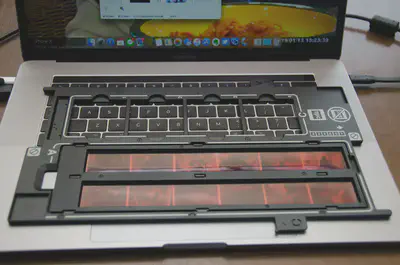
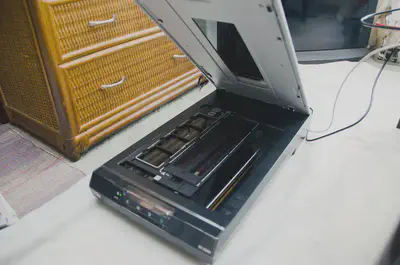
Scanning Speed
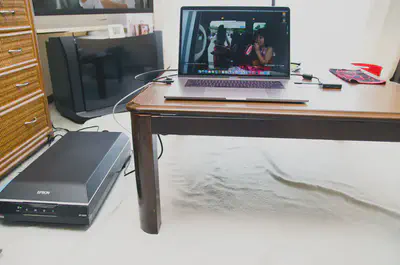
Scanning time is fairly significant. However, the scanner can process 12 frames consecutively, so it’s manageable. Here’s a breakdown of the scanning times and file sizes at various resolutions:
| Mode | Scan Time per Frame | File Size |
|---|---|---|
| 1200dpi | 0:35 | around 300KByte |
| 2400dpi | 0:50 | around 1MByte |
| 4800dpi | 2:15 | around 3.5MByte |
| 1200dpi + Digital ICE Technology | 1:54 | |
| 2400dpi + Digital ICE Technology | 3:07 | |
| 4800dpi + Digital ICE Technology | 3:40 |
Enabling Digital ICE Technology extends the scanning time. If scanning 12 frames at 4800 dpi with Digital ICE, the process takes about an hour. Though time-consuming, it automatically retouches the images, which could be worthwhile if time allows.
Software
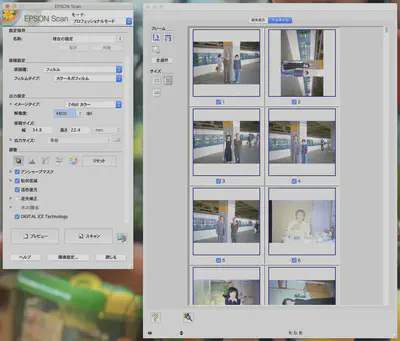
Scanning is done through the “EPSON Scan” software on a computer. While the software isn’t particularly refined, it provides adequate functionality.
Image Quality
The scan results vary depending on the film’s condition. For example:
Heavily Deteriorated Film
Digital ICE Technology performed well, removing dust even from faded images. However, restoring color from such faded film proved challenging.
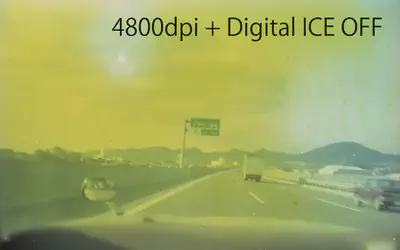

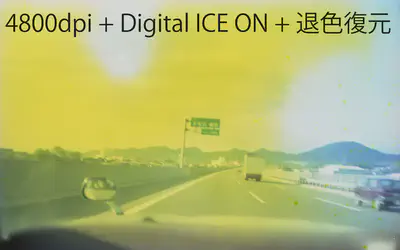
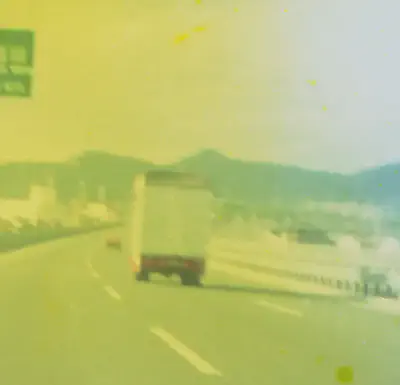
Moderately Deteriorated Film
Scans of film from 1983 show a generally good result, though larger scratches remain.
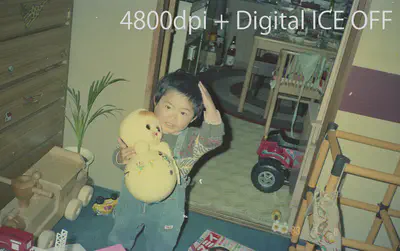
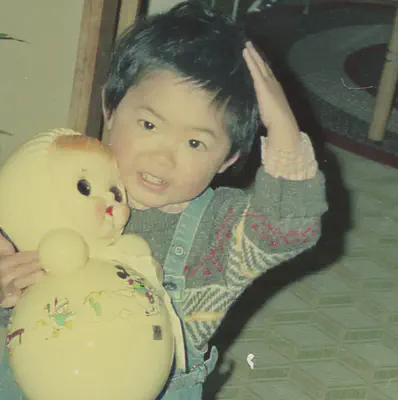
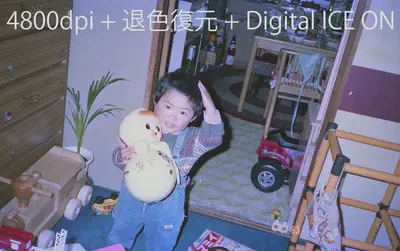
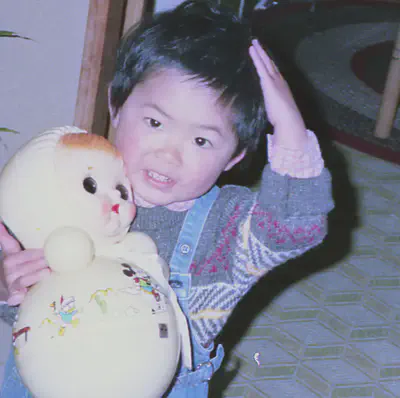
Well-Preserved Film
Scans of this film retained much of the original color, making the photos look almost newly taken after restoration.
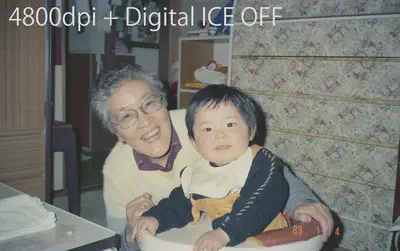
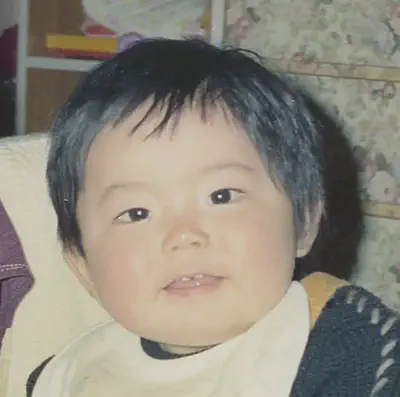
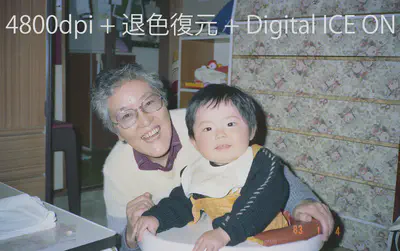
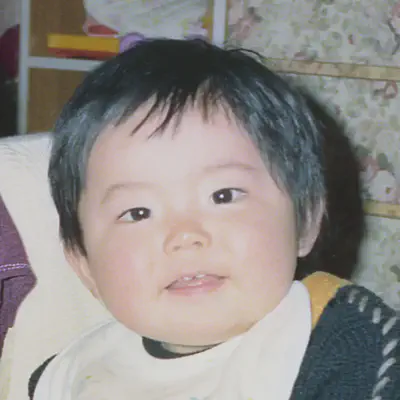
Using the GT-X830
Most of the film I scanned was shot on a standard film camera or an instant camera. If you have professional needs or DSLR images, a higher-end scanner may be preferable. This model was ideal for my needs.
Conclusion
Preserving memories in a way that prevents fading is a wonderful way to keep them alive for future generations. With the shrinking film market, digitizing these memories while you still have the time could be a worthwhile project.
